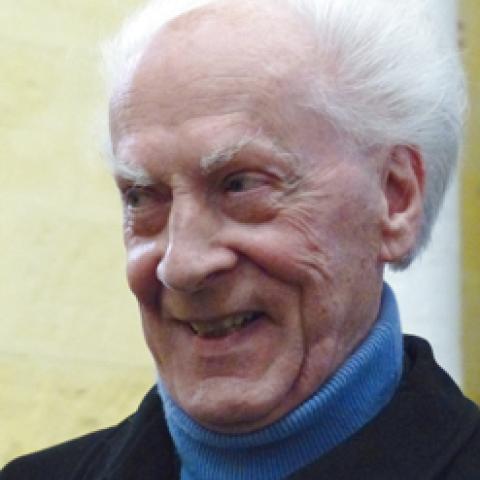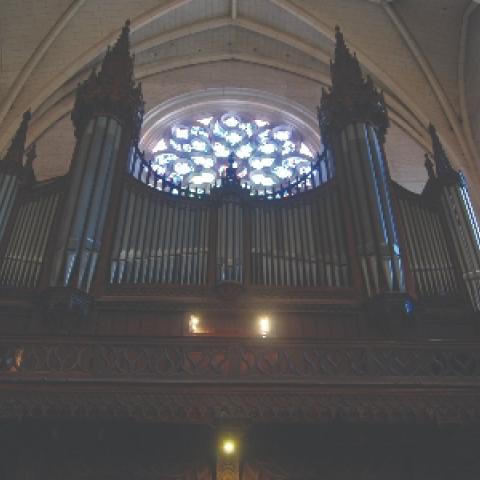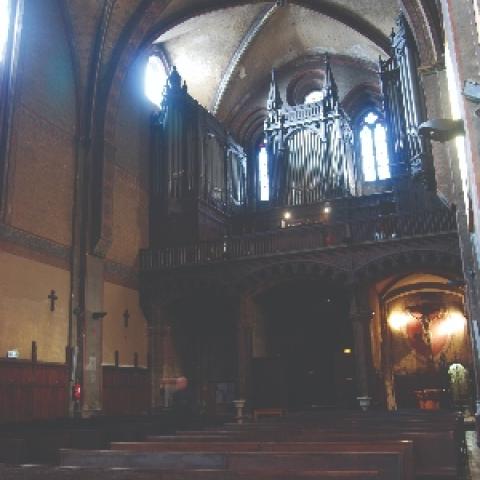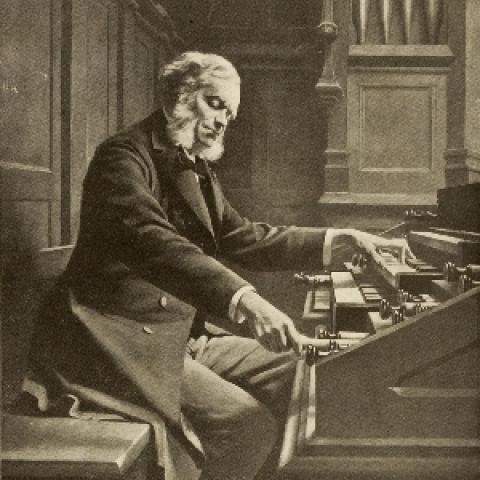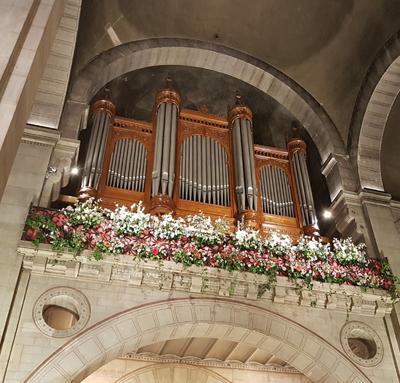
Denis Lacorre’s restoration (2015–2018) of the symphonic/neo-classic Cavaillé-Coll (1885)/Gloton-Debierre (1938) organ at Notre-Dame Church in Auteuil, Paris, France, was inaugurated September 21–23. The city of Paris owns the instrument and sponsored its restoration, under the guidance of Éric Brottier, engineer and technical advisor for the cultural minister.
On September 21, Frédéric Blanc, titular organist, performed the inaugural concert with narrator Brigitte Fossey and the choirs Sprezza and Sul’Fiato, directed by Sébastien Fournier. The program opened with Widor’s “Allegro” from the Sixth Symphony, included Louis Vierne’s Solemn Mass for two organs, with Jorris Sauquet on the Gonzalez choir organ, and ended with an improvisation.
On September 22, ten organists performed short concerts: François-Henri Houbart, Vincent Crosnier, Julien Lucquiaud, Jorris Sauquet, Jean-Marc Leblanc, Eric Leroy, Michelle Guyard, Raphaël Tambyeff, Jean-Claude Guidarini, and Frédéric Blanc. The Most Reverend Antoine de Romanet, Bishop of the French Armed Forces, blessed this organ during the morning Mass on September 23.
—Carolyn Shuster Fournier
(photo credit: Frédéric Blanc)

